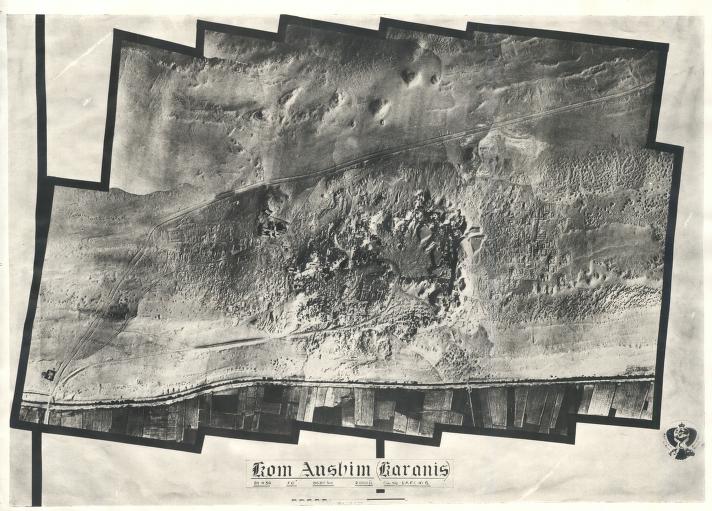Located in Egypt’s Fayum region, the town of Karanis (modern Kom Aushim) was inhabited from the 3rd century BCE to 5th century CE. At its peak in the second century CE the town covered an area of about 60 hectares with about 3,500 inhabitants. Two stone temples for local crocodile gods dominated the center of town. The town came to prominence in archaeological circles in the late 19th century, when Egyptian farmers, digging for fertilizer to place on their fields, unearthed many well-preserved papyri. This search for fertilizer destroyed parts of the town, but scientific excavations have also revealed a dense arrangement of multi-story mud-brick homes clustered together in city blocks, more than 10 granaries, and a bath building.
Karanis (29° 31′ N, 30° 54′ E)


